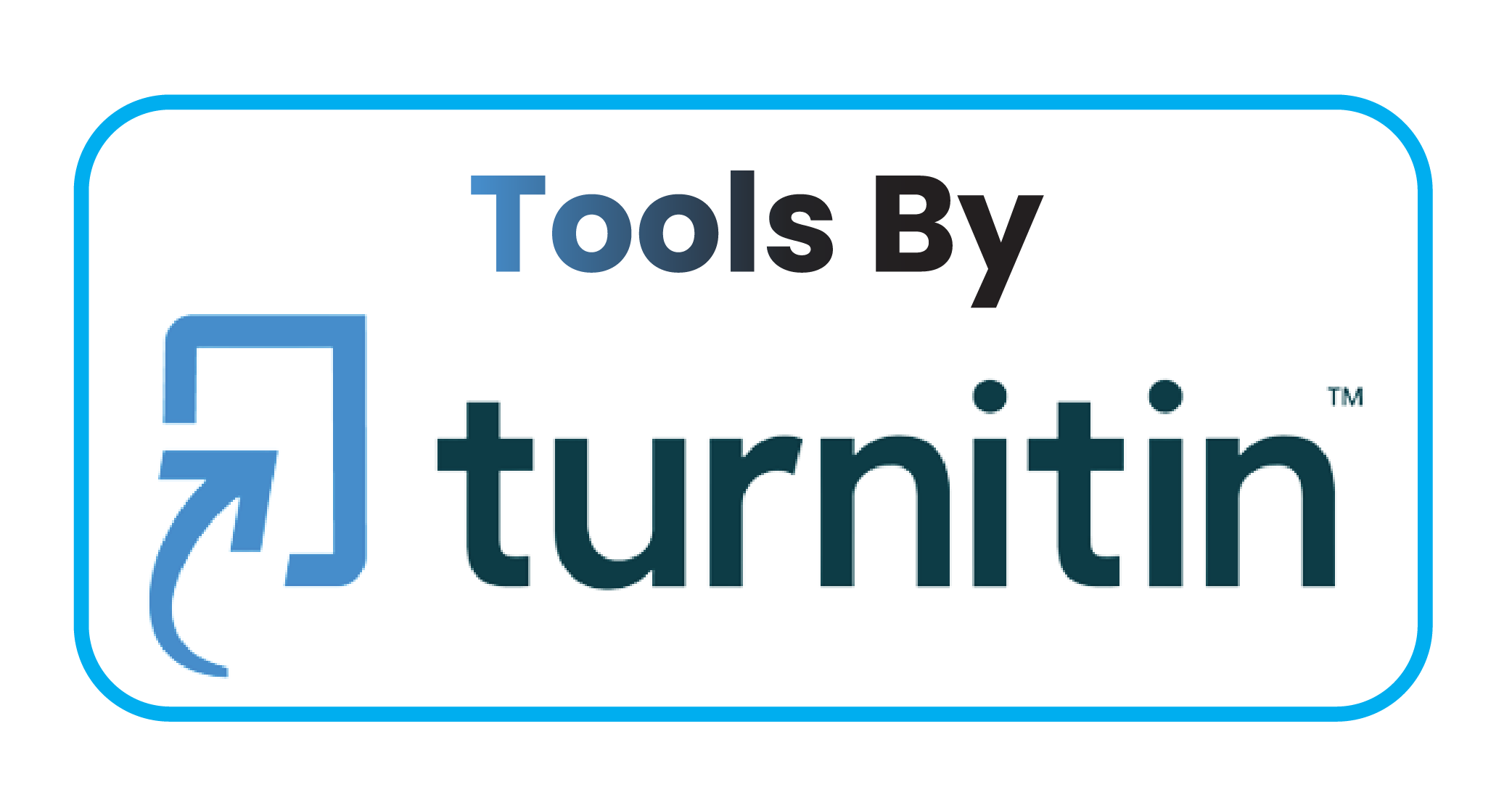Design of Recruitment Vendor Selection System to Meet the Needs of it Resources at Startup Company PT XYZ
DOI:
https://doi.org/10.59888/ajosh.v3i8.551Keywords:
IT Recruitment, Outsourcing, Vendor Selection System, AHP, MPE, Startup, Recruitment EfficiencyAbstract
In the era of globalization, competition among companies in providing goods and services has become increasingly intense, making organizational success highly dependent on competent human resources. Technology-based startups in Indonesia face challenges in acquiring high-quality IT personnel, leading many to adopt outsourcing as a recruitment solution. PT XYZ, a logistics startup that relies on technology and mobile applications, collaborates with outsourcing vendors to meet its IT workforce needs. However, PT XYZ faces difficulties in selecting high-performing vendors due to the absence of an objective and structured selection system. This study aimed to evaluate the reliability of PT XYZ's vendor recruitment assessment system, analyze the criteria and weights used in selecting recruitment vendors, and design a more objective and accurate vendor selection system. The research employs a mixed-method approach, incorporating descriptive analysis and the Analytical Hierarchy Process (AHP) to determine vendor criteria weights, as well as MPE analysis to design the system. The findings indicated that PT XYZ's current vendor assessment system is unreliable, with an average evaluation score of 1.9. The key criteria for vendor selection included integrity (0.157), cooperation (0.094), quality (0.235), timeliness (0.219), cost (0.244), and resource utilization (0.05). Based on the analysis, this study proposes a more effective vendor recruitment selection system to enhance PT XYZ's efficiency and competitiveness in acquiring IT personnel that align with the company's needs.
Downloads
Published
Issue
Section
License
Copyright (c) 2025 Aditya Yudha Rachmadi, Rizal Sjarief, Budi Yulianto

This work is licensed under a Creative Commons Attribution-ShareAlike 4.0 International License.
Authors who publish with this journal agree to the following terms:
- Authors retain copyright and grant the journal right of first publication with the work simultaneously licensed under a Creative Commons Attribution-ShareAlike 4.0 International. that allows others to share the work with an acknowledgement of the work's authorship and initial publication in this journal.
- Authors are able to enter into separate, additional contractual arrangements for the non-exclusive distribution of the journal's published version of the work (e.g., post it to an institutional repository or publish it in a book), with an acknowledgement of its initial publication in this journal.
- Authors are permitted and encouraged to post their work online (e.g., in institutional repositories or on their website) prior to and during the submission process, as it can lead to productive exchanges, as well as earlier and greater citation of published work.










